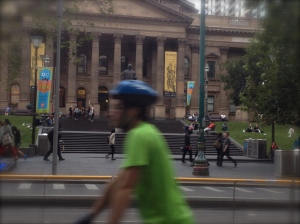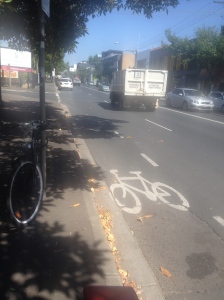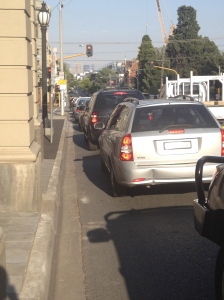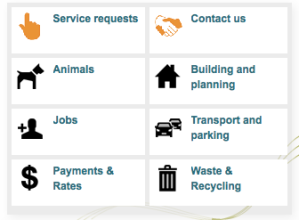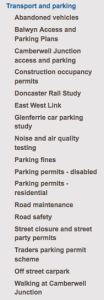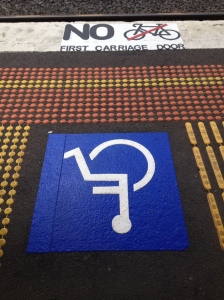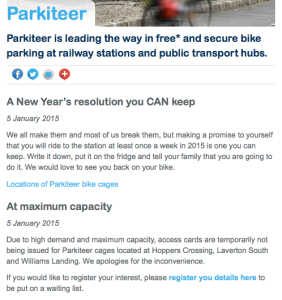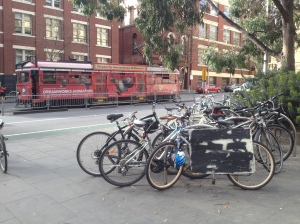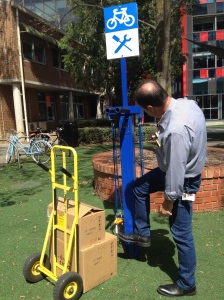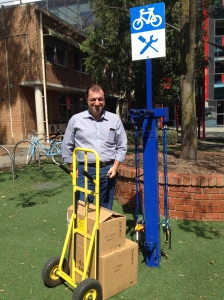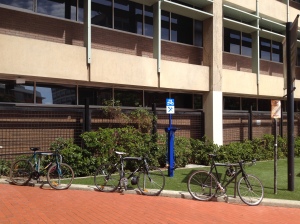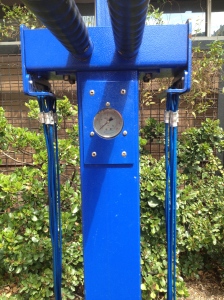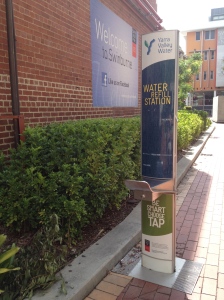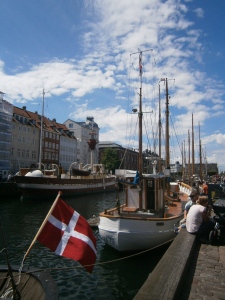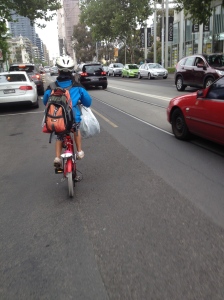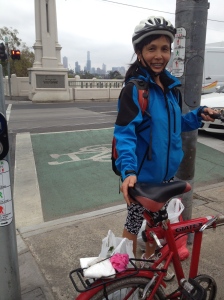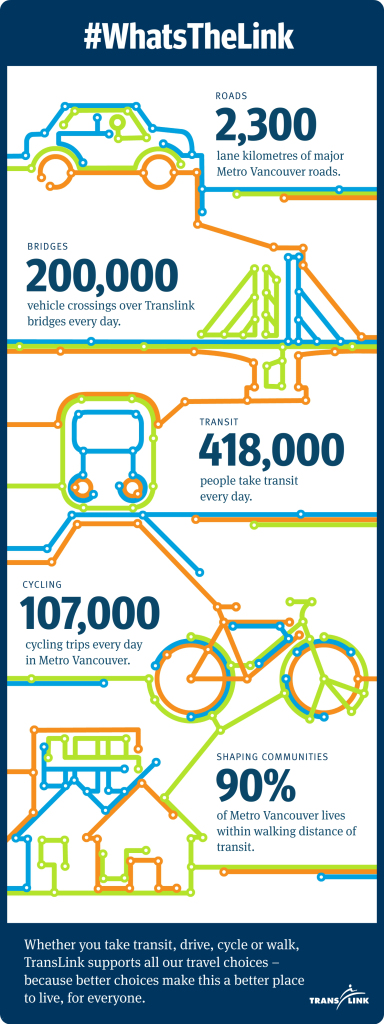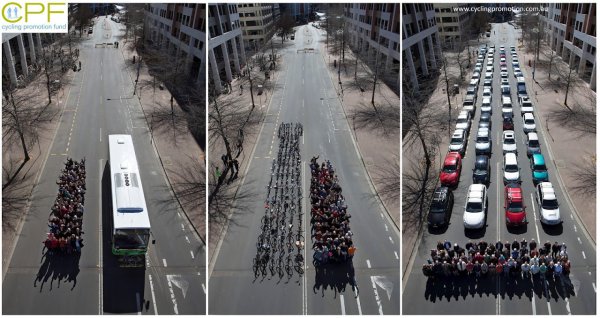No, I haven’t gone completely mad and started writing editorial pieces that focus on female sexuality. But I do want to speak about a sweet spot, so it’s kind of the same. And it does with the letter G. And hey, the title got you in, didn’t it?
Sure, I’ve written about a similar topic before here, but this time I’m taking a different tact. To not do so would be, well, boring.
Over a year ago, I started my Masters in Urban Planning, with a pretty simple goal – I wanted to design and plan spaces for people so that they could ride a bike. I wanted to eradicate (or at the very least mitigate) the nagging insistence of obesity and, perhaps more alarmingly, childhood obesity. I spent 6 months signing on to workshops, forums, short courses, conferences and took time off of work to speak to everyone I could in the profession of planning to see if it was what I wanted to do. I read the various prospectuses, I pored over numerous websites and I gobbled up their promises of planning utopias. A sample of their assertions as to what a Planning course would entail are below:
RMIT: This program combines studies in urban planning with the social, economic and political environment and creates efficient, interesting, practical, healthy and sustainable places for people to exist.
Melbourne Uni: Urban Planning promotes the establishment of economically viable, socially just, environmentally sustainable, and safe and healthy human settlements. It has never been more timely than now, as we adapt to global changes that impact our cities.
And Deakin Uni: Deakin’s Bachelor of Planning (Honours) is a distinctive course that brings together the disciplines of planning, design, urban studies and society in a single degree program.
I applied. Needless to say, I was accepted. And needless to say I was excited.
My first year has produced good results – HD’s for everything, except Economics (but I was only 2% off a HD so, you know, let’s be gentle). Throughout the year, many conversations were had, many thoughts formed and numerous opinions argued. All so far so good. But…there’s a little irritation nagging away at me. A little annoyance, a little inconvenience that won’t shift. It’s to do with governance. I have done a little searching for the best definition of this and it is, perhaps alarmingly, from good ol’ Wikipedia. It claims: Governance refers to “all processes of governing, whether undertaken by a government, market or network, whether over a family, tribe, formal or informal organization or territory and whether through laws, norms, power or language.”
Largely then, governance is the how rather than the who.
In terms of Planning as a discipline, a student’s head can be filled with the most delightful notions of best practice, wonderful stories of success from afar and quotes from respected journal articles (that have all been judiciously peer reviewed, obviously). But then I want to ask: And then what? Do we go out into this world equipped with enviable evidence of how we should be planning our places but really have no capacity to implement it? If the laws (and norms) that govern the country are the same that govern planning, what capacity is there for change? In short, to encourage a lifestyle that is (at the very least) not beholden to the car? What is the point of this knowledge without good governance and a system that will utilize these learnings? Is it not, in fact, callous to dangle delights in front of a prospective student and say “Look at all the things you will learn” but leave out the bit that says “you will never have a chance to employ them”. Planning is perhaps the cruelest course in the university’s prospectus.
Conferences suffer a similar fate. The minds of the best planners, engineers, designers, health professionals and academics often meet throughout the year either through formal associations such as the Planning Institute of Australia or at conferences such as the Liveable Cities Conference, to be held later this year in Melbourne. Who are these people going to these events? Sure, there’s an element of networking and seeing old faces, and that’s lovely, but in my experience, and during all the conferences and forums that I attended as part of my research before committing to study, not once did anyone remain in the room who actually had the ability to change anything. In other words, the Mayor or otherwise appropriately elected official would ‘open’ the conference, say a few words and then they would leave. All that was left was a bunch of people who would be receiving information about how to do their job better but have no ability to put this knowledge into practice. If I was 15 I would be saying “Hashtag frustrating”, round about now.
Finally, the cost to attend these conferences is prohibitive for most people. If we take the Liveable Cities Conference as an example, it costs $1,055 for the two days to attend. Who else is going to go to that aside from people who are getting paid to go by their place of employment, even though their place of employment is simply feeding into that complicit world of not challenging the governance structures that prohibit change. If liveable cities are for everyone, shouldn’t anyone be able to attend? I’m beginning to feel like it’s some sort of conspiracy and that the prices are such that the average person’s attendance is precluded. If people could attend and see the broken system that is currently plaguing planning decisions in Melbourne, they would undoubtedly demand better. They would at the very least expect the Mayor to stay until the first coffee break had commenced.
But I’ll persist. I will get my Masters. I will maintain my grade average and I hope with it my motivation. I just want people to be able to ride a bike and to live in a city that supports that. Hopefully somewhere I will discover the sweet spot of governance that allows me to do that.
If all this fails, I’ll become the Mayor.
